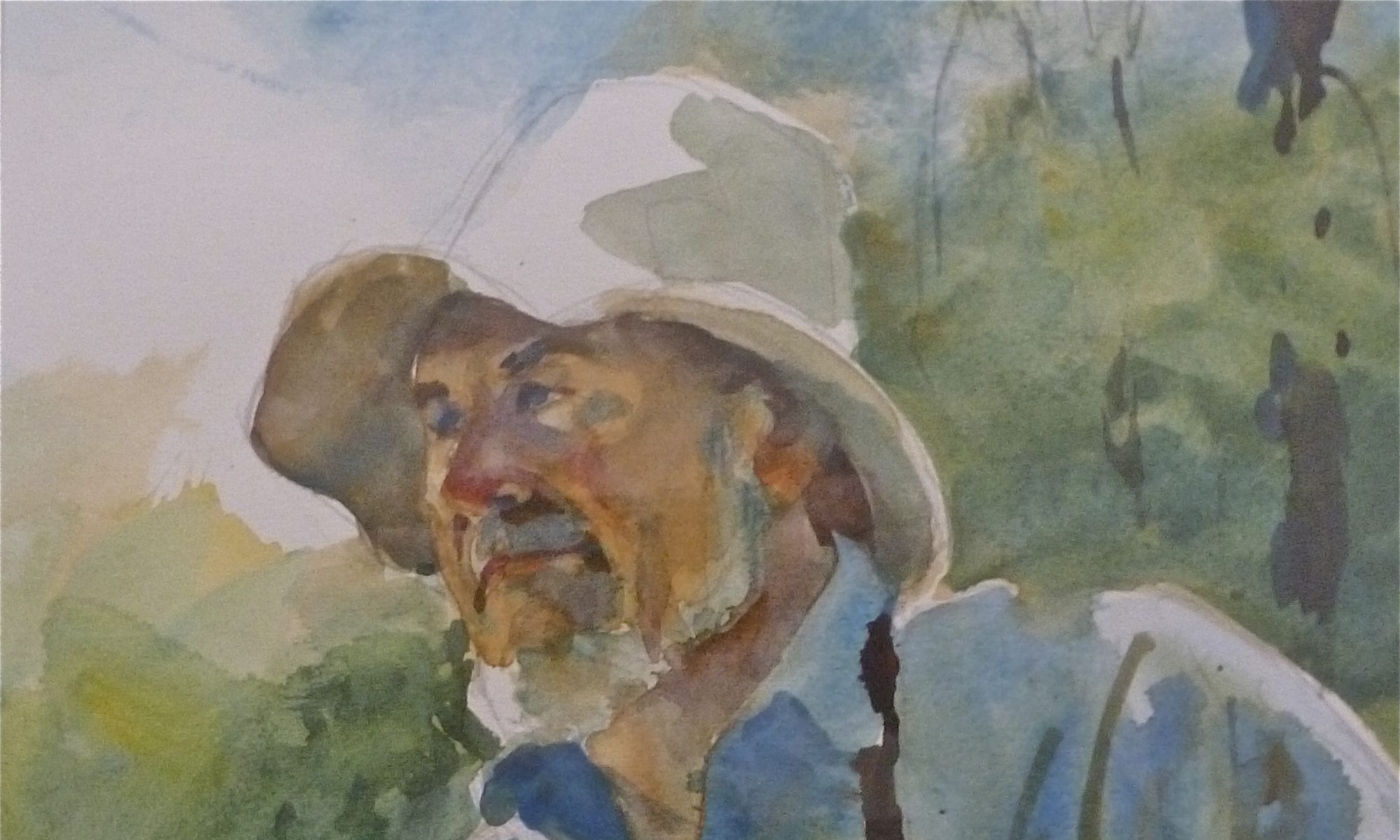” Yesterday, December seventh, 1941-A date which will live in Imfamy”
(President Franklin D. Roosevelt ) 12/8/1941.
Dad, Mom and I were in the living room on a cold Sunday afternoon , trying to listen to a program on the old Philco radio, well Dad & Mom were, it was news time and I wasn’t interested, and not happy because I couldn’t listen to my special Sunday afternoon program.

The telephone rang, our new telephone installed this past summer. Mom answered it because the only one that might call was her Mom.
Bill-it’s for you, Mom came back into the living room with a shrug and stating, ” it’s some man for Dad”. We could overhear Dad talking on the telephone , Dads voice carried into the living room, and we heard “yes” pause, “Oh my God, no I haven’t heard”, “when?” , Pause, “yes sir, the earliest will be seven, yes sir I’ll be there. ” “Yes Earnest, yes sir” Click Click.
Well Mom and I were dumbfounded at that point.
Dad came into the room looking quite concerned, ” The Japanese just bombed Pearl Harbor” He then went to the radio and tried to get a news station. The power tube was not cooperating, as usual
Mom & I were quite, just waiting for Dads story.
” Damn-it” I knew those bastards were up to something” and he pounded on the radio–and wow , the volume came up !
There was no news until 5 o-clock, and not much detail of the event.
I was scared out of my mind, Pearl Harbor ? Where was that?
I would be seven in three days, a naive country pumpkin that had not been further from home than a 30 mile trip to Boston or the Cape Cod Canal.
I knew the harbors near home, Plymouth,Duxbury, Green Harbor, Scituate & Cohasset Harbors and Boston Harbor, where was Pearl Harbor? Dad showed me on the globe we had, it was half way on the other side — well that didn’t take away any of my scared feelings.
Dad went to work early as requested by his boss Mr. Earnest Hofftizer. Earnest was in charge of the Boston Record American Newspaper. Dad was not a reporter or writer, but I’m sure needed to help with the extra work load created by this travesty ! At 4 o-clock Dad called and told Mom he would be late coming home.
Late to me meant no newspapers, no funny’s, at least until he got home, and no new power tube for the radio ! And my bedtime was 9 pm.
Dad got home at 9pm with all the papers, all the funny’s and full of photos of the bombing of Pearl Harbor, It deeply frightened me.
Mom let me stay up to run through all my favorite funny’s.

As the days, weeks and months moved along, not much was noticeably different, however, we were warned of shortages, gas, fuel, food, with more to follow.
By the end of December much more was rationed, my mom had all her ration cards stacked together with a rubber band holding them.

May 1942 gas & rubber was rationed, an “A” sticker gave you four gallons a week. Dad drove ten miles per day five days a week and might have had fumes left in his tank. He had two riders that paid one dollar per week and a trade of gas ration stamps. Later his gas ration was increased because he was a ranking newspaper employee. Newspapers were the most important means of getting the news.
Next rationing, sugar, butter, meat, and many more items.
Birthday’s and Christmas were pretty skinny in 1942, 3 & 4, it let up after the war ended in ’45.
For me, those four years , the thought of an invasion was always on my mind. Watching the convoys traveling past my house headed to Fourth Cliff, a heavy gun outpost.
On occasion they would fire the big gun as a practice, this was usually done while I was at school, the North School in Marshfield Hills, where the shooting could be clearly heard . One never knew whether they were firing at hostile submarines off shore or practicing . Sometimes a tear would run down my face in fear!
At times during the war, a report of a submarine would be sighted off our coast, that sure didn’t help with my fear of the Germans or the Japanese.
It was a. time of uncertainty , no one knew what was going to happen.
The neighborhood seemed to be normal and carrying out their daily routine . As spring & summer arrived , the weekend traffic on Summer St. was now non-existant, no gas, no travel. It was quite everywhere- spooky quite.

There is so much more I remember , I will have to do a part two.
W. Ray Freden. Sea View, Marshfield. 70 years, Now, “Down East Maine”. The Way Life Should Be.








 A pencil sketch of the Williamson Barn, c. 1912.
A pencil sketch of the Williamson Barn, c. 1912.



